This article was co-authored by Andrew Carberry, MPH. Andrew Carberry is a Food Systems Expert and the Senior Program Associate at the Wallace Centere at Winrock International in Little Rock, Arkansas. He has worked in food systems since 2008 and has experience working on farm-to-school projects, food safety programs, and working with local and state coalitions in Arkansas. He is a graduate of the College of William and Mary and holds a Masters degree in public health and nutrition from the University of Tennessee.
wikiHow marks an article as reader-approved once it receives enough positive feedback. This article received 35 testimonials and 93% of readers who voted found it helpful, earning it our reader-approved status.
This article has been viewed 772,585 times.
Wheatgrass is packed with essential vitamins and nutrients that keep your mind and body healthy and vibrant. Taking a "shot" of juiced wheatgrass as part of your morning breakfast routine is considered a healthy way to start the day, but it can get very expensive. If you want to make wheatgrass a regular part of your diet, try growing it yourself at home instead of buying it already juiced. This article provides information on how to grow wheatgrass from seeds and make the most of it once it has matured.
Steps
Soaking and Germinating Wheatgrass Seeds
-
1Source wheatgrass seeds. Wheatgrass seeds are also called hard winter wheat seed or wheat berries. Buy a bag of seeds online or at a health supply store. Look for organic seeds from a reputable source to make sure the seeds haven't been treated with pesticides and will grow into healthy, vibrant grass.[1]
-
2Prepare the seeds for soaking. Before the seeds can be soaked and germinated, they need to be measured and rinsed.
- Measure out enough seeds to create a light layer on the seed tray you use to grow the grass. For a 16" x 16" tray, use about two cups of seeds.
- Rinse the seeds in cool, clean water using a colander with very small holes or a strainer. Drain them well and put them in a bowl.
Advertisement -
3Soak the seeds. Soaking the seeds initiates germination. By the end of the process, the seeds will have sprouted small roots.
- Pour cold water, preferably filtered, into the bowl of seeds. Add about three times as much water as you have seeds. Cover the bowl with a lid or plastic wrap and place it on the counter to soak for about 10 hours, or overnight.[2]
- Drain the water from the seeds and replace it with more cold, filtered water - again, about three times as much water as you have seeds. Let it soak for another 10 hours.
- Repeat the process one more time, for a total of three long soaks.
- By the end of the last soak, the seeds should have sprouted roots. This means they are ready to plant. Drain them and set them aside until you're ready to plant them.
Planting the Seeds
-
1Prepare the seed tray for planting. Line the seed tray with paper towels, to prevent the wheatgrass roots from growing through the holes in the bottom of the tray. Spread an even one-inch layer of organic compost or potting soil in the seed tray.[3]
- If possible, use paper towels that have not been treated with chemicals or dyes. Recycled, chemical-free paper towels are available at health food stores.
- Use pre-moistened compost or potting soil free of pesticides or other chemicals. It's important to use organic soil to get the most benefit from your wheatgrass.
-
2Plant the seeds. Spread the seeds in an even layer across the top of the compost or potting soil. Lightly press the seeds into the soil, but don't completely bury them.
- It's fine if the seeds are touching each other, but make sure there's not a pile of seeds in one area. Each seed needs a little room to grow.
- Water the tray lightly, making sure each seed gets a sprinkle.
- Cover the tray with a few moistened sheets of newspaper to protect the seedlings.
-
3Keep the seeds moist. It's important to make sure the seeds don't dry out in the first few days after you plant them. Keep them damp as they root themselves in the seed tray.[4]
- Lift the newspaper and water the tray thoroughly in the morning so that the soil is wet, but not completely waterlogged.
- Use a spray bottle filled with water to lightly mist the soil in the evening before you go to bed, so the seedlings don't dry out overnight. Spray the newspaper, too, so it keeps them wet.
- On the fourth day after planting, remove the newspaper to prevent the seeds from sprouting under it. Continue watering the sprouted grass once a day.
-
4Keep the grass in partial sunlight. Direct sun will damage the grass, so make sure it is always in a shady place in your home.
Harvesting the Wheatgrass
-
1Wait for the wheatgrass to "split." Once the shoots are mature, a second blade of grass will begin growing out of the first shoot. This is called "splitting" and means that the grass is ready for harvesting.[5]
- At this point the grass should be about six inches tall.
- Grass is usually ready to harvest after 9 or 10 days of growth.
-
2Cut the wheatgrass above the root. Use a scissors to harvest the grass by clipping it just above the root and collecting it in a bowl. The harvested grass is ready to be juiced.
- Harvested wheatgrass keeps in the refrigerator for about a week, but it tastes best and provides the most health benefits when it's harvested right before you plan to juice it.
- Keep watering the wheatgrass to produce a second crop. Harvest that crop once it's mature.
- Sometimes a third crop comes up, but it's usually not as tender and sweet as the first one. Empty the seed tray and prepare it for another batch of seedlings.
-
3Start the process again. It takes a lot of wheatgrass to make just a few shots of wheatgrass juice. If you plan to make wheatgrass a part of your daily diet, you'll need more than one tray of seedlings growing at a time.
- Time the growing and harvesting cycle so that you have a new batch of seeds soaking while the previous batch is in the process of taking root. If you have two or three seeds at various stages in rotation, you should be able to produce enough wheatgrass to have a shot of juice every day.
- Wheatgrass is a beautiful bright green color, and adds a natural touch to your kitchen or sunroom, wherever you choose to grow it. Consider growing wheatgrass in a decorative container and surrounding your wheatgrass with other plants, so that you can enjoy the beauty of wheatgrass as well as its health benefits.
Juicing the Wheatgrass
-
1Rinse the wheatgrass. Since the wheatgrass was grown from organic seeds in organic soil or compost, it doesn't need a heavy washing. Give it a light rinse to wash away any debris or dust it may have collected from the air.[6]
-
2Place the wheatgrass in a juicer. Special wheatgrass juicers are designed to make the most of this fibrous plant.
- Avoid using regular juicers, since wheatgrass can clog them and cause them to break.
- You can use a blender if you don't have a juicer. Once the wheatgrass is completely blended, use a strainer to take out the solids.
-
3Enjoy a shot of wheatgrass. You only need a few ounces of wheatgrass juice to feel the effects of its powerful mix of vitamins and minerals.
Expert Q&A
Did you know you can get expert answers for this article?
Unlock expert answers by supporting wikiHow
-
QuestionHow do I provide artificial light for growing wheatgrass indoors?
 Andrew Carberry, MPHAndrew Carberry is a Food Systems Expert and the Senior Program Associate at the Wallace Centere at Winrock International in Little Rock, Arkansas. He has worked in food systems since 2008 and has experience working on farm-to-school projects, food safety programs, and working with local and state coalitions in Arkansas. He is a graduate of the College of William and Mary and holds a Masters degree in public health and nutrition from the University of Tennessee.
Andrew Carberry, MPHAndrew Carberry is a Food Systems Expert and the Senior Program Associate at the Wallace Centere at Winrock International in Little Rock, Arkansas. He has worked in food systems since 2008 and has experience working on farm-to-school projects, food safety programs, and working with local and state coalitions in Arkansas. He is a graduate of the College of William and Mary and holds a Masters degree in public health and nutrition from the University of Tennessee.
Food Systems Expert
-
QuestionDo I need to run the wheatgrass through a juicer or can I put it directly into my Vitamix with other ingredients for a healthy shake?
 Andrew Carberry, MPHAndrew Carberry is a Food Systems Expert and the Senior Program Associate at the Wallace Centere at Winrock International in Little Rock, Arkansas. He has worked in food systems since 2008 and has experience working on farm-to-school projects, food safety programs, and working with local and state coalitions in Arkansas. He is a graduate of the College of William and Mary and holds a Masters degree in public health and nutrition from the University of Tennessee.
Andrew Carberry, MPHAndrew Carberry is a Food Systems Expert and the Senior Program Associate at the Wallace Centere at Winrock International in Little Rock, Arkansas. He has worked in food systems since 2008 and has experience working on farm-to-school projects, food safety programs, and working with local and state coalitions in Arkansas. He is a graduate of the College of William and Mary and holds a Masters degree in public health and nutrition from the University of Tennessee.
Food Systems Expert
-
QuestionCan I grow it with normal wheat?
 Community AnswerYou can grow it with other wheat. However, since wheatgrass is good for low water areas, if you grow it with another wheat that requires extra water, then you might end up drowning the wheatgrass.
Community AnswerYou can grow it with other wheat. However, since wheatgrass is good for low water areas, if you grow it with another wheat that requires extra water, then you might end up drowning the wheatgrass.
References
- ↑ https://www.epicgardening.com/how-to-grow-wheatgrass/
- ↑ https://www.miraclegro.com/en-us/library/edible-gardening/growing-wheat-grass-indoors-juicing-dan-faires
- ↑ https://www.alphafoodie.com/how-to-grow-wheatgrass-at-home-with-without-soil/
- ↑ https://www.alphafoodie.com/how-to-grow-wheatgrass-at-home-with-without-soil/
- ↑ https://www.epicgardening.com/how-to-grow-wheatgrass/
- ↑ https://www.epicgardening.com/how-to-grow-wheatgrass/
About This Article
To grow wheatgrass at home, start by soaking some wheatgrass seeds in a bowl of cold water for 30 hours, replacing the water every 10 hours. Then, spread the seeds out in a seed tray filled with a thin layer of compost. Gently press them into the soil without completely covering them. Then, cover the tray and set it somewhere that gets indirect sunlight. While you're waiting for your wheatgrass to sprout, keep the soil moist by misting it with water every day. To learn how to harvest your wheatgrass after it sprouts, scroll down!
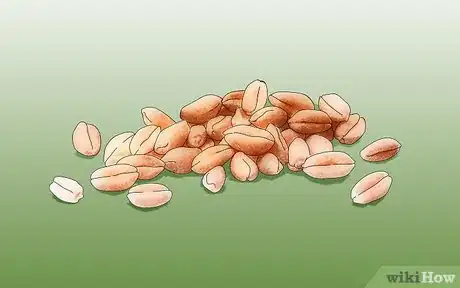
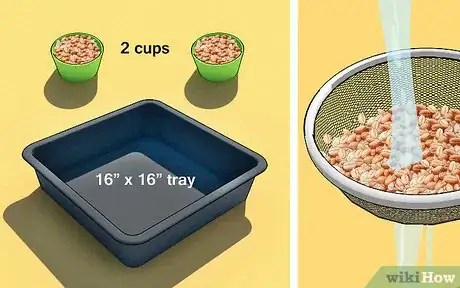
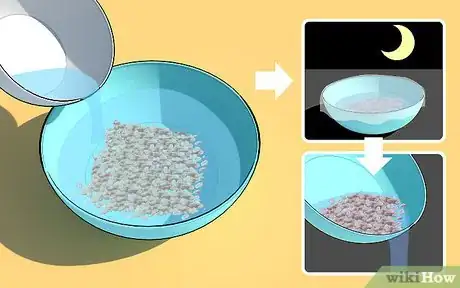
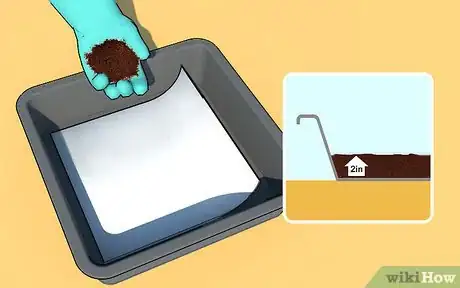
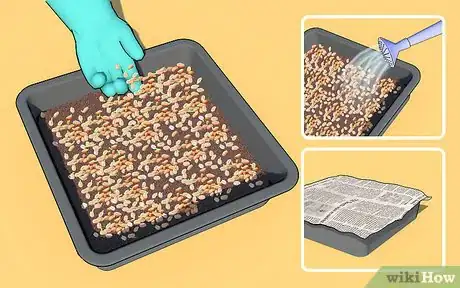
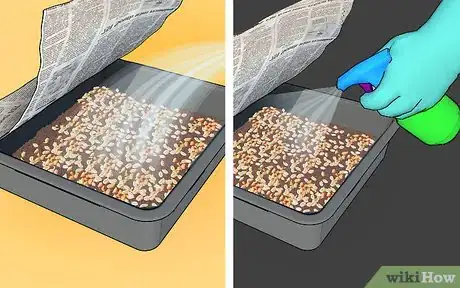
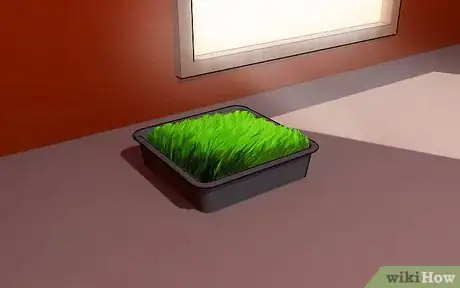
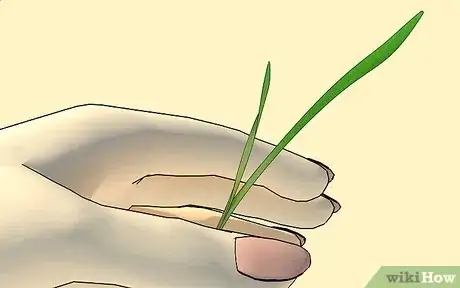
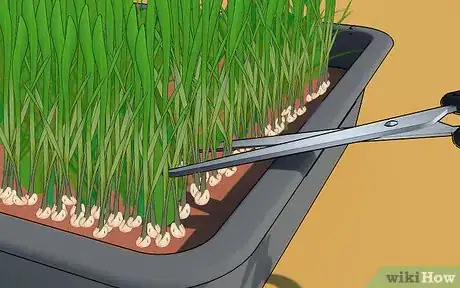
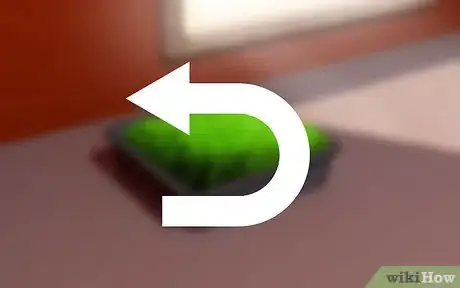
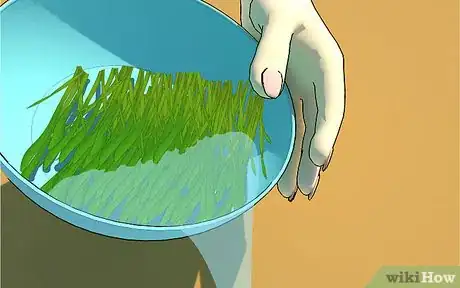
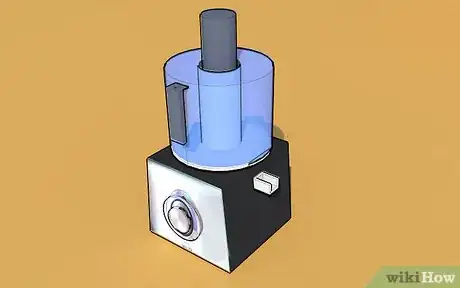
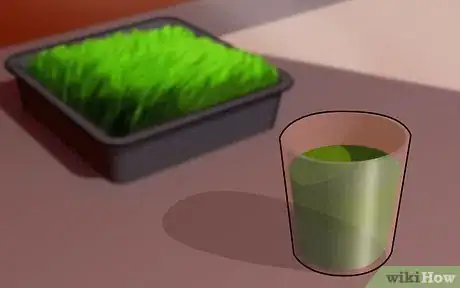

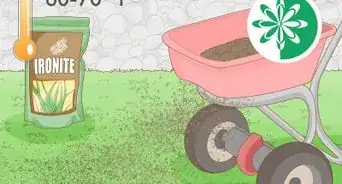
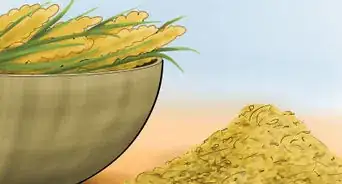

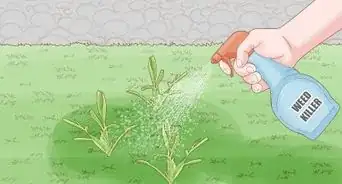

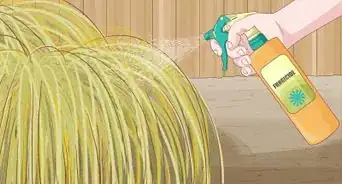
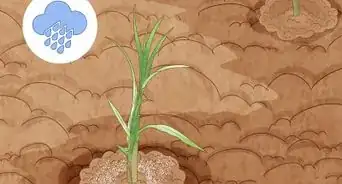
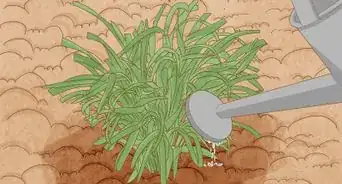
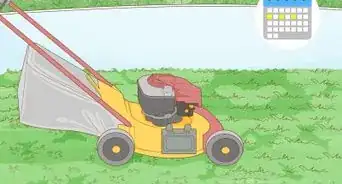
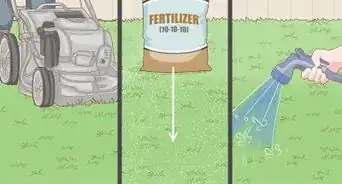
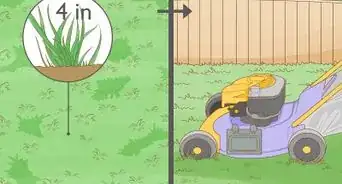
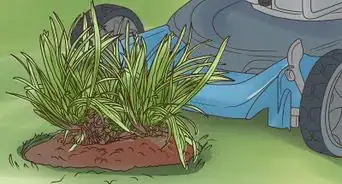
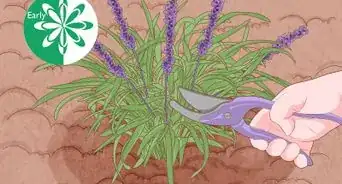












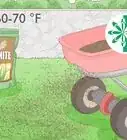
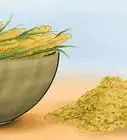




































Medical Disclaimer
The content of this article is not intended to be a substitute for professional medical advice, examination, diagnosis, or treatment. You should always contact your doctor or other qualified healthcare professional before starting, changing, or stopping any kind of health treatment.
Read More...